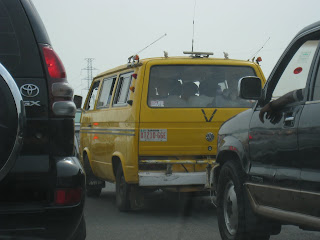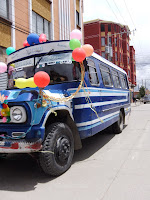Dear blog,
I receive many questions about what I am doing here. This includes "here" in the world more broadly, my life, and my professional quest to reach doctordom, as well as the "here" in the lab in Antigua, Guatemala.
So in an attempt to clarify what I "do," I begin another scavenger hunt, Numero 4: A Day in the Life of...
1) Wake up, shower, be careful not to hit my head on the sloped ceiling. Also be careful not to break the toilet chain because it's a pain to fix. Get dressed and put on my llama slippers that look like this:

2) Eat breakfast. Either
Quaker Squares or peanut butter toast. Caitlin Walker is responsible for my craving for Quaker Squares.
3) Get coffee either by making it, or splurging on a tasty latte from
Refuge, which is 2 doors down from my lab/house.
4) Plug in speakers to my
iPod touch that my lovely cohortmates and fellow bloggers gave me to start the day with soothing or energizing tunes, depending on the mood.
5) Set up my drawing table with fresh printer paper, ruler, pens, etc.
6) Choose my fresh victims, one of many, many bags of ceramic rims which are considered diagnostic for one reason or another. This could be because they are pretty, or are from a definite time period, or just plain weird.
7) Produce a pencil drawing of the cross-section of the sherds. For example:

8) Repeat steps 6-7 until I get hungry or twitchy.
9) Take photos of drawn sherds, such as:

10) Scoot over to the
Casa Herrera, where I maintain a desk, in order to scan all the drawings from the day and upload photos. This, unfortunately, involves wearing actual shoes.
11) Basically, from the pencil drawings, I want to have dissertation figure-ready profiles, so I perform some Photoshop magic to trace all the rims. Then filling them in with black, I obtain:

12) Voila! Instant dissertation figures that can be copied, pasted, grouped, etc. by whatever I want to do. For instance, if I want to make a chronological chart of all the ceramics in one type, such as Aguila Naranja here, then I have all the rims already to mix and match.
13) Check on my Words With Friends games. Want to take me on? Get in touch.
14) Read news, check mail, Facebook, etc.
15) Watch movies to escape it all.
Now I don't want you think that all my sherds are all eroded and un-fun as the ones I've shown here. Because sometimes I find gems, like this one:

Now, this beautiful Urita Gubiado-Inciso (Gouged-Incised) piece is cool for a special reason. Take a closer look at the difference in the weathering of the part on the far right:

The sherd to the left side of the break is from a stratigraphic level in the excavation that was deposited later in time, therefore closer to the surface, therefore more vulnerable to the elements. The sherd to the right is from a lower excavated level, which is why it looks a bit less worn.
So what does that mean, blog? It means that the deposit I excavated happened at one time, or over a very short period of time. This pot was broken and thrown down in a big pile of broken pottery as an event, a ritual deposit of some sort, rather than just in the trash.
When did this happen, you ask? Well, the folks over at
Beta Analytic, Inc. tell me that this deposit occurred between a 2-sigma calibrated radiocarbon range of AD 230-410, which puts it in the early 4th Century, AD. This falls securely within the Early Classic Maya Period, which means that the people of
El Palmar probably left around that time.
Yes, blog, I know what you're thinking. Did the Palmar folks take their show on up to
El Diablo, which had a fantastic tomb that dated to shortly after this deposit?
Only time and science will tell!
Sincerely,
James
 I'll throw in this "two-fer," which I believe meets the requirements of this challenge as well as a challenge past. Caitlin and I are trying to potty train Reece. I never really noticed that this task was called "training," rather than say "teaching," but it's basically the same thing as training a dog: lots of messes, a great deal of frustration, and ever more laundry.
I'll throw in this "two-fer," which I believe meets the requirements of this challenge as well as a challenge past. Caitlin and I are trying to potty train Reece. I never really noticed that this task was called "training," rather than say "teaching," but it's basically the same thing as training a dog: lots of messes, a great deal of frustration, and ever more laundry. One more... City folk need to get out to the country every now and again to rediscover their agrarian roots (in Johnston, which amazingly enough transforms from suburbs to rural over about 100 yards). In this one, Reece meets his first donkey after strawberry picking. There was a llama in the pen, too, but not close enough to get a picture of the two of them. Of course, this doesn't really help my case for being "in the field," but it's the truth.
One more... City folk need to get out to the country every now and again to rediscover their agrarian roots (in Johnston, which amazingly enough transforms from suburbs to rural over about 100 yards). In this one, Reece meets his first donkey after strawberry picking. There was a llama in the pen, too, but not close enough to get a picture of the two of them. Of course, this doesn't really help my case for being "in the field," but it's the truth.



















































